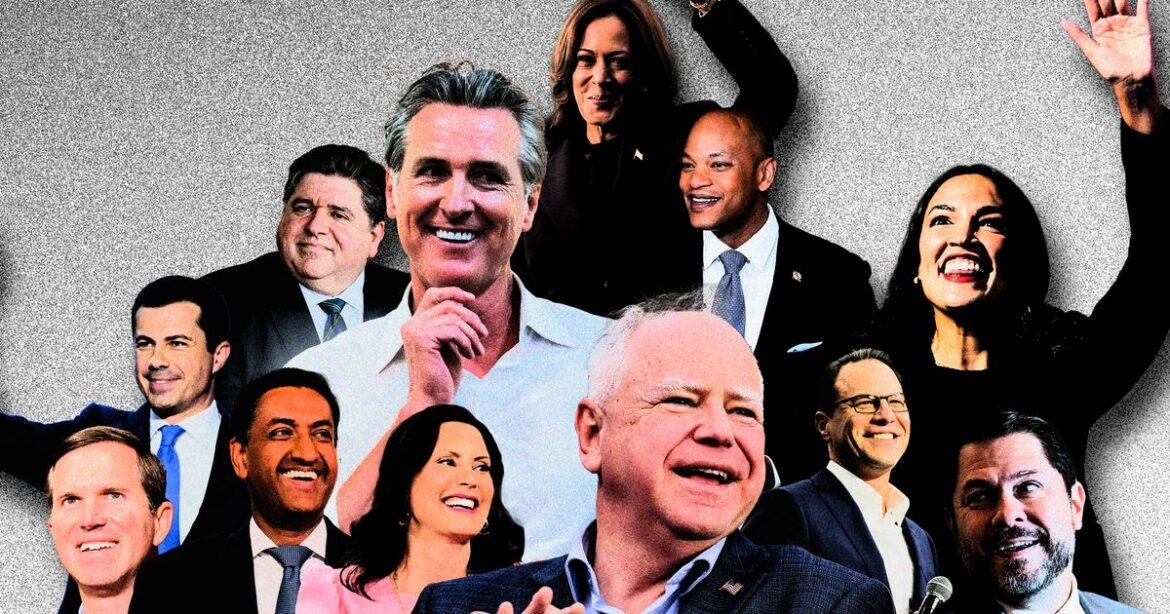From 1972 through 2020, the Democratic calendar for state presidential-nomination contests kicked off with Iowa caucuses and a New Hampshire primary. Would-be presidents knew to make themselves known and (mostly through directed campaign contributions) useful in those two states years before actually launching their presidential candidacies, and even campaign staffers leaped at opportunities to gain experience and contacts in those two golden states. Constant complaints about the nontypical geographical and demographic characteristics of the “duopoly” led to the inclusion of Nevada and South Carolina in the charmed circle of protected “early states” leading into 2008. And generally speaking, the pressure to “front-load” primaries to ensure their relevance created multistate clusters of primaries soon after the early states voted, most notably Super Tuesday, a collection of contests that eventually reached an incredible 24 states in 2008.
All that history more or less went down the tubes in 2020 after the Iowa results were massively delayed by a caucus reporting meltdown and when the eventual front-runner, Joe Biden, finished fourth in Iowa and fifth in New Hampshire. Biden punished the duopoly and rewarded South Carolina (his first and crucial 2020 win) by upsetting the ancient order and placing the state first in 2024. Who will go first in 2028? Nobody knows. As primary-calendar guru Josh Putnam points out, there are two states with early dates now fixed in law: Nevada and Michigan. Setting the rest of the calendar will be a complex dance involving the DNC, the state parties, and the state legislatures, including some controlled by Republicans. The closer we get to the actual contest, candidates will have their own calendar preferences, and that could affect decisions as well. But it’s going to be three-dimensional chess to figure it all out.

